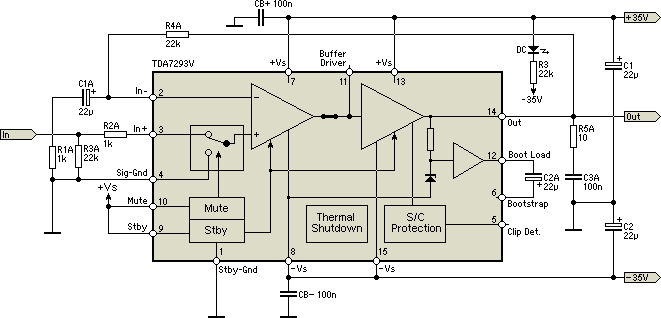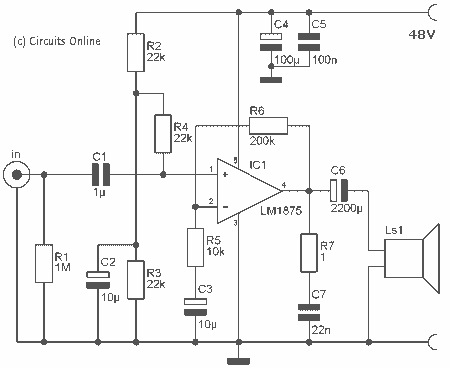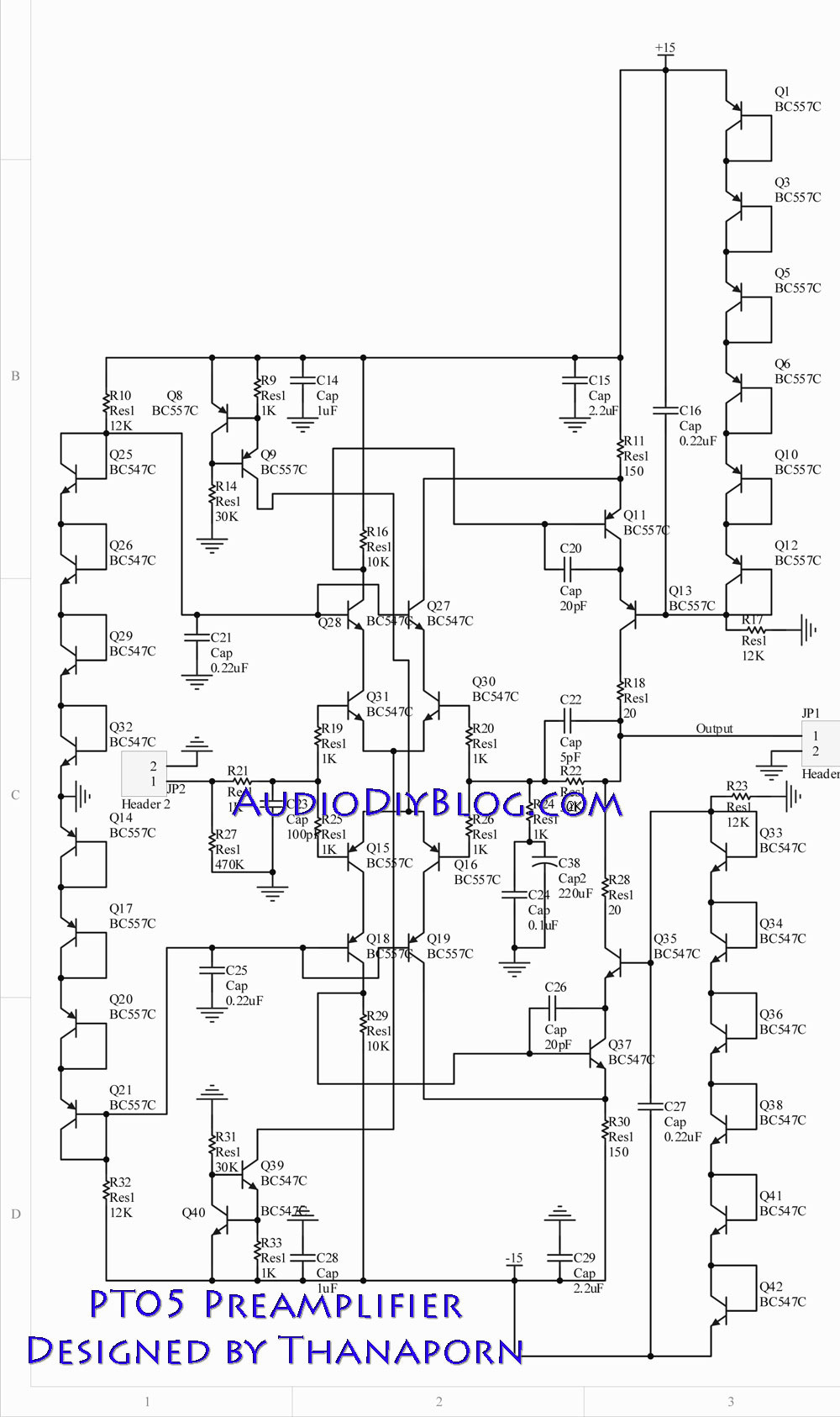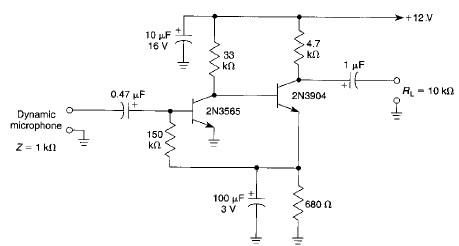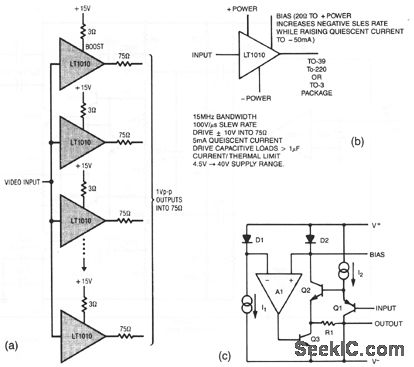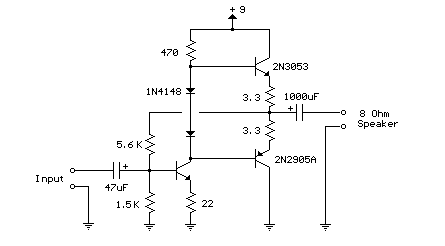
Nine Tube Stereo Amplifier 1
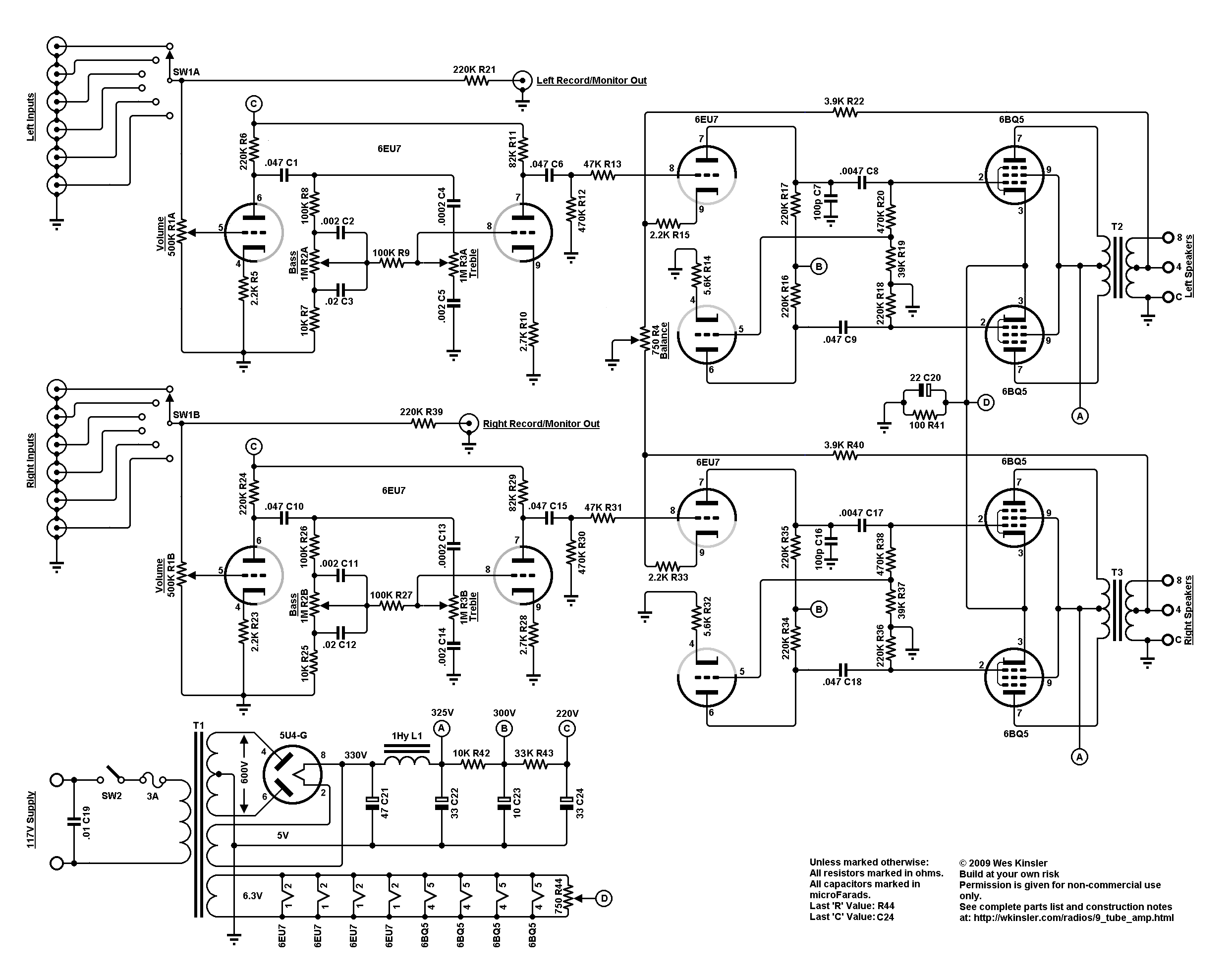
To omit the balance control when using separate potentiometers for the volume controls, refer to the balance control notes on the 7-tube output amplifier page. A schematic was utilized to build a modified version with separate bass and treble controls for each channel. The balance control was relocated in the circuit to reduce the load on the potentiometer. The design includes two sets of switchable inputs and utilizes handmade parts boards similar to those found in Fender amplifiers. Initial testing indicated pleasing sound quality when driven by a Grundig Yacht Boy 300. There is a plan to add a filter choke in the future. The chassis layout has been executed with care, resulting in a classic appearance due to the silver top cage. A user named DC has communicated several times regarding this schematic and has shared photographs of his amplifier build, which reportedly sounds as good as it looks. He constructed the chassis himself, achieving a commendable layout, color finish, and wooden ends. Notably, DC included a shielding partition between the power supply and amplifier stages, opting for an asymmetrical chassis layout to minimize hum. The underside of the chassis displays a clean arrangement of circuit components, reflecting DC's meticulous attention to component and interconnect lead dress, which has positively impacted the amplifier's performance. Others who have built this amplifier are encouraged to share their photographs for inclusion.
The described circuit pertains to a 7-tube output amplifier with a focus on sound quality and user customization. The omission of the balance control allows for a more straightforward design when separate volume controls are used. The inclusion of dedicated bass and treble controls for each channel enhances the versatility of the amplifier, enabling users to tailor the audio output to their preferences.
The relocation of the balance control serves a dual purpose: it minimizes the load on the potentiometer, which can improve reliability and longevity, and it potentially enhances the overall audio fidelity by optimizing the signal path. The addition of switchable inputs allows for flexibility in connecting various audio sources, catering to diverse user needs.
The use of handmade parts boards reminiscent of Fender amplifiers suggests a commitment to quality and craftsmanship. The initial tests with the Grundig Yacht Boy 300 indicate that the amplifier is capable of delivering high-quality audio, making it suitable for a range of applications from casual listening to more critical audio environments.
The aesthetic considerations, such as the silver top cage and the overall chassis layout, contribute to both the visual appeal and the functional integrity of the amplifier. The shielding partition between the power supply and amplifier stages is a critical design feature that mitigates electromagnetic interference, further enhancing sound clarity and reducing hum.
The careful arrangement of components within the chassis, especially noted in the underside views, reflects best practices in electronic design. Proper lead dress and component placement are essential for minimizing noise and maximizing performance, particularly in high-fidelity audio applications.
Overall, this amplifier design exemplifies a thoughtful approach to both technical performance and aesthetic appeal, making it a noteworthy project for enthusiasts and professionals alike. The encouragement for others to share their builds fosters a community of innovation and knowledge sharing within the audio engineering field.If you want to omit this balance control, such as when using separate pots for the volume controls, see the balance control notes on the 7-tube output amplifier page. "Wes, I used the schematic posted on your site, and built this. modified slightly with separate bass and treble on each channel. also, I moved the location of the balance control in the circuit, to lessen the load on the pot. I gave it two sets of switchable inputs. I used handmade parts boards. (similar to a fender) at this point I was testing it out. sounds very nice. I`m driving it with a Grundig Yacht Boy 300. I have to go back in to add the filter choke. I was anxious to try it out. " As You can see from the photos, George did a nice job with chassis layout, and has just done a real first-class job with the layout and construction. The silver top cage gives the finished rig a nice "classic" look. 1-25-12 DC has written me several times with questions and comments about this schematic and was kind enough to share a few photographs of the amplifier he built from it.
He has told me it sounds as good as it looks, and I believe it. DC did not use a commercially made chassis box, but built it himself and the results are very nice with the layout, color finish and wood ends. Also note the shielding partition DC built between the power supply and amplifier stages. DC chose the asymmetrical chassis layout you see here for minimal hum. Note the very clean layout that DC designed for the circuit components in the chassis underside views.
DC has been very picky about component and interconnect lead dress, and I believe it has paid off in the amp`s performance. If you too have built this amp, then email me a few pictures if you like, and I`ll add them here with a few comments.
Just email them to the address shown in the contact info on the Radio Page in the link below. 🔗 External reference
The described circuit pertains to a 7-tube output amplifier with a focus on sound quality and user customization. The omission of the balance control allows for a more straightforward design when separate volume controls are used. The inclusion of dedicated bass and treble controls for each channel enhances the versatility of the amplifier, enabling users to tailor the audio output to their preferences.
The relocation of the balance control serves a dual purpose: it minimizes the load on the potentiometer, which can improve reliability and longevity, and it potentially enhances the overall audio fidelity by optimizing the signal path. The addition of switchable inputs allows for flexibility in connecting various audio sources, catering to diverse user needs.
The use of handmade parts boards reminiscent of Fender amplifiers suggests a commitment to quality and craftsmanship. The initial tests with the Grundig Yacht Boy 300 indicate that the amplifier is capable of delivering high-quality audio, making it suitable for a range of applications from casual listening to more critical audio environments.
The aesthetic considerations, such as the silver top cage and the overall chassis layout, contribute to both the visual appeal and the functional integrity of the amplifier. The shielding partition between the power supply and amplifier stages is a critical design feature that mitigates electromagnetic interference, further enhancing sound clarity and reducing hum.
The careful arrangement of components within the chassis, especially noted in the underside views, reflects best practices in electronic design. Proper lead dress and component placement are essential for minimizing noise and maximizing performance, particularly in high-fidelity audio applications.
Overall, this amplifier design exemplifies a thoughtful approach to both technical performance and aesthetic appeal, making it a noteworthy project for enthusiasts and professionals alike. The encouragement for others to share their builds fosters a community of innovation and knowledge sharing within the audio engineering field.If you want to omit this balance control, such as when using separate pots for the volume controls, see the balance control notes on the 7-tube output amplifier page. "Wes, I used the schematic posted on your site, and built this. modified slightly with separate bass and treble on each channel. also, I moved the location of the balance control in the circuit, to lessen the load on the pot. I gave it two sets of switchable inputs. I used handmade parts boards. (similar to a fender) at this point I was testing it out. sounds very nice. I`m driving it with a Grundig Yacht Boy 300. I have to go back in to add the filter choke. I was anxious to try it out. " As You can see from the photos, George did a nice job with chassis layout, and has just done a real first-class job with the layout and construction. The silver top cage gives the finished rig a nice "classic" look. 1-25-12 DC has written me several times with questions and comments about this schematic and was kind enough to share a few photographs of the amplifier he built from it.
He has told me it sounds as good as it looks, and I believe it. DC did not use a commercially made chassis box, but built it himself and the results are very nice with the layout, color finish and wood ends. Also note the shielding partition DC built between the power supply and amplifier stages. DC chose the asymmetrical chassis layout you see here for minimal hum. Note the very clean layout that DC designed for the circuit components in the chassis underside views.
DC has been very picky about component and interconnect lead dress, and I believe it has paid off in the amp`s performance. If you too have built this amp, then email me a few pictures if you like, and I`ll add them here with a few comments.
Just email them to the address shown in the contact info on the Radio Page in the link below. 🔗 External reference
